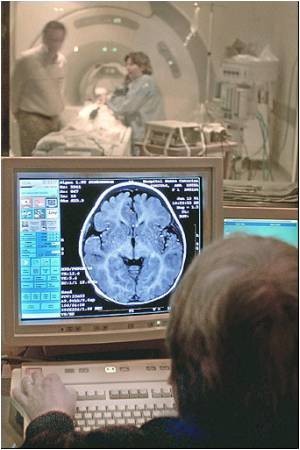The function for the amyloid precursor protein that yields the prime ingredient in amyloid plaques, which leads to Alzheimer's disease has been found by scientists.

When APP fails to function properly, as it does in Alzheimer's disease, iron levels inside neurons mount to toxic levels.
"This opens a big window on Alzheimer's disease and iron metabolism," said Ashley Bush of The Mental Health Research Institute, University of Melbourne.
"Although people have attributed several important physiological roles to APP. This now gives us an idea of what this critical protein does to underpin its role in iron metabolism," added Jack Rogers of Harvard Medical School.
"There has been a lot of attention on amyloid, but it seems it is not a simple matter of amyloid as the sole culprit," said Bush.
For one thing, trials of drugs designed to target and clear amyloid plaques haven't worked as intended.
"If iron is left unbridled in its soluble form, it can cause nerve death and damage," said Rogers.
"It's a sequence of dominoes falling onto each other," said Bush.
They show that APP is a bona fide iron oxidase, with properties much like the best-known iron oxidase (called ceruloplasmin), which is not expressed in neurons.
Loss of APP in cells and primary neurons causes iron levels to build, while increasing APP promotes the export of iron out of cells.
Based on the new evidence, the researchers propose that elevated iron in the Alzheimer's brain summons further APP production.
But that APP-generated for the purpose of exporting iron- gets disabled by high levels of zinc that dissociate from the amlyoid plaques.
The findings suggest that zinc may be an ideal target in the fight against Alzheimer's disease, said the researchers.
The study appears in the upcoming print issue of Cell.
Source-ANI
 MEDINDIA
MEDINDIA



 Email
Email









